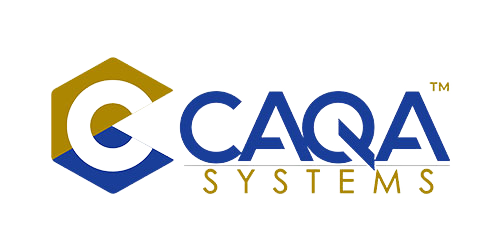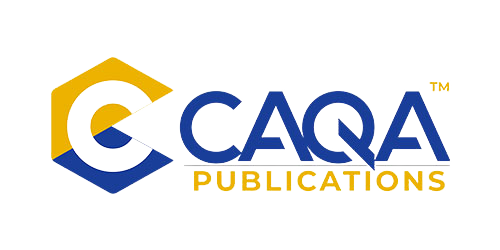In a significant policy initiative, the Australian government has allocated over $1.5 billion to fund the Fee-Free TAFE Skills Agreement, aimed at providing 500,000 fee-free TAFE and vocational education and training (VET) places across Australia from 2023 to 2026. This investment, however, has sparked a debate regarding its effectiveness and justification, especially in light of a meagre 0.02% enrolment increase in government-funded training places, as reported by the National Centre for Vocational Education Research (NCVER).
The Fee-Free TAFE Initiative
The Fee-Free TAFE Skills Agreement, initially launched as the 12-Month Skills Agreement, represents a collaboration between the Commonwealth Government and state and territory governments. The program began with a $1 billion investment to deliver 180,000 fee-free TAFE and VET places starting January 2023. This initial funding included a $493 million contribution from the Australian Government, matched by state and territory governments.
In August 2023, the government announced an additional $414.1 million to create 300,000 more fee-free TAFE and VET places, extending the program's reach. This expansion was part of a broader strategy to address skills shortages in critical areas such as agriculture, care, construction, defence, early childhood education, hospitality, manufacturing, technology, and more.
As part of the 2024-25 Budget, an extra $88.8 million was allocated to provide 20,000 more fee-free TAFE and VET places, including approximately 5,000 pre-apprenticeship positions. These new places aim to bolster the construction industry's workforce, reflecting the government's commitment to addressing sector-specific skill gaps.
The Criticism and Concerns
Despite the substantial financial commitment, the Fee-Free TAFE initiative has been criticised for its limited impact on enrolment rates. According to NCVER data, the policy has only achieved a 0.02% increase in government-funded training places. This negligible growth raises questions about the policy's effectiveness and value for money.
The government's own Productivity Commission has labelled the policy as "bad policy," highlighting concerns about its design and implementation. Critics argue that the initiative was politically motivated, designed more to secure votes than to achieve substantial educational or economic outcomes. The additional allocation of $88.8 million for 20,000 more places in the recent budget further intensifies the debate, with sceptics questioning the justification for continued investment in a seemingly underperforming program.
Priority Areas and Target Groups
The Fee-Free TAFE initiative prioritises training in areas of national importance, aiming to address skill shortages in sectors like agriculture, healthcare, construction, and technology. Furthermore, it targets specific priority groups, including First Nations Australians, young people (aged 17-24), unemployed individuals, unpaid carers, women facing economic insecurity, women studying in non-traditional fields, people with disabilities, and certain visa holders.
While the intention behind targeting these groups is commendable, the policy's execution and impact remain contentious. The disparity between the substantial financial investment and the minimal enrolment increase raises fundamental questions about the policy's design and its alignment with broader educational and economic goals.
Conclusion
The Fee-Free TAFE Skills Agreement represents a significant investment in Australia's vocational education sector. However, the policy's effectiveness and justification are under scrutiny, given the modest enrolment increase and substantial financial outlay. As the government continues to roll out additional fee-free places, it must address these concerns and ensure that future investments deliver tangible educational and economic benefits.
In conclusion, while the Fee-Free TAFE initiative aims to address critical skill shortages and support priority groups, its current performance suggests a need for reassessment and potential reconfiguration to achieve its intended outcomes effectively. As taxpayers bear the $1.5 billion cost, a more transparent and results-driven approach will be essential to justify this significant expenditure and secure the program's long-term success.


































